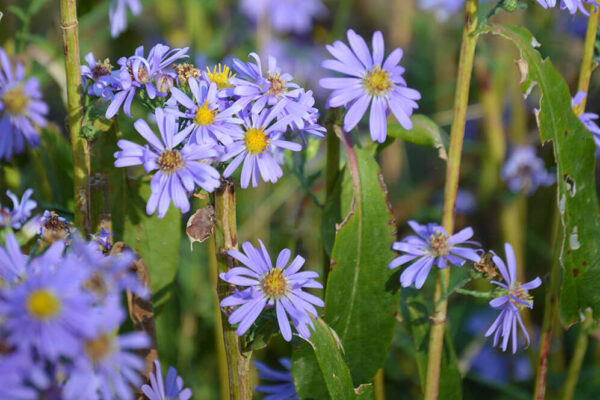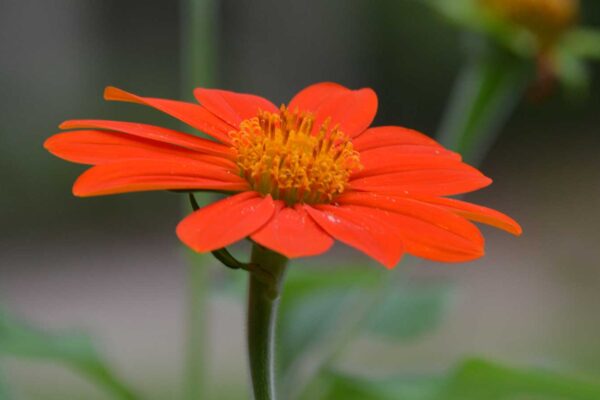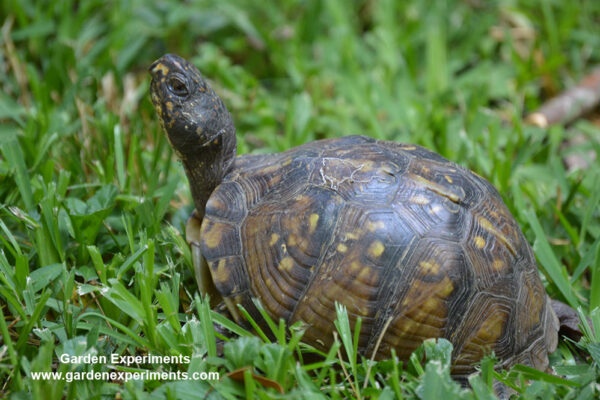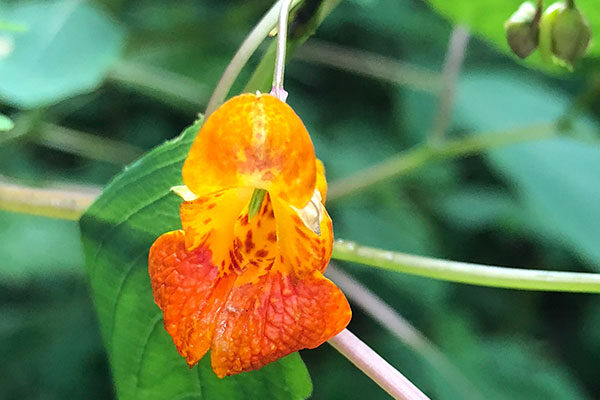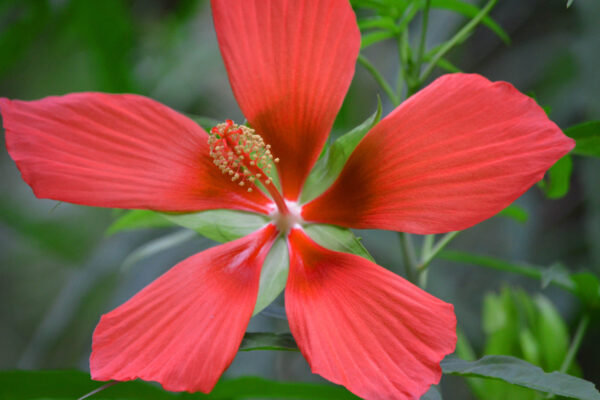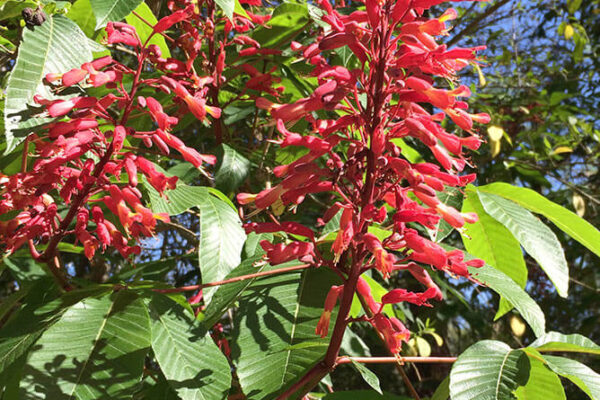Fall in the southeast still tends toward the warmer temps, which means that bees and butterflies are still hanging around. The scorching heat and sun of the late summer has often killed off many of the most prolific flowering plants, meaning there are less flowers for the pollinators to feed on. Adding a few fall-flowering plants can provide a …
Continue Reading about Fall Asters: Purple Blooms for Bees, Butterflies, & Beauty

